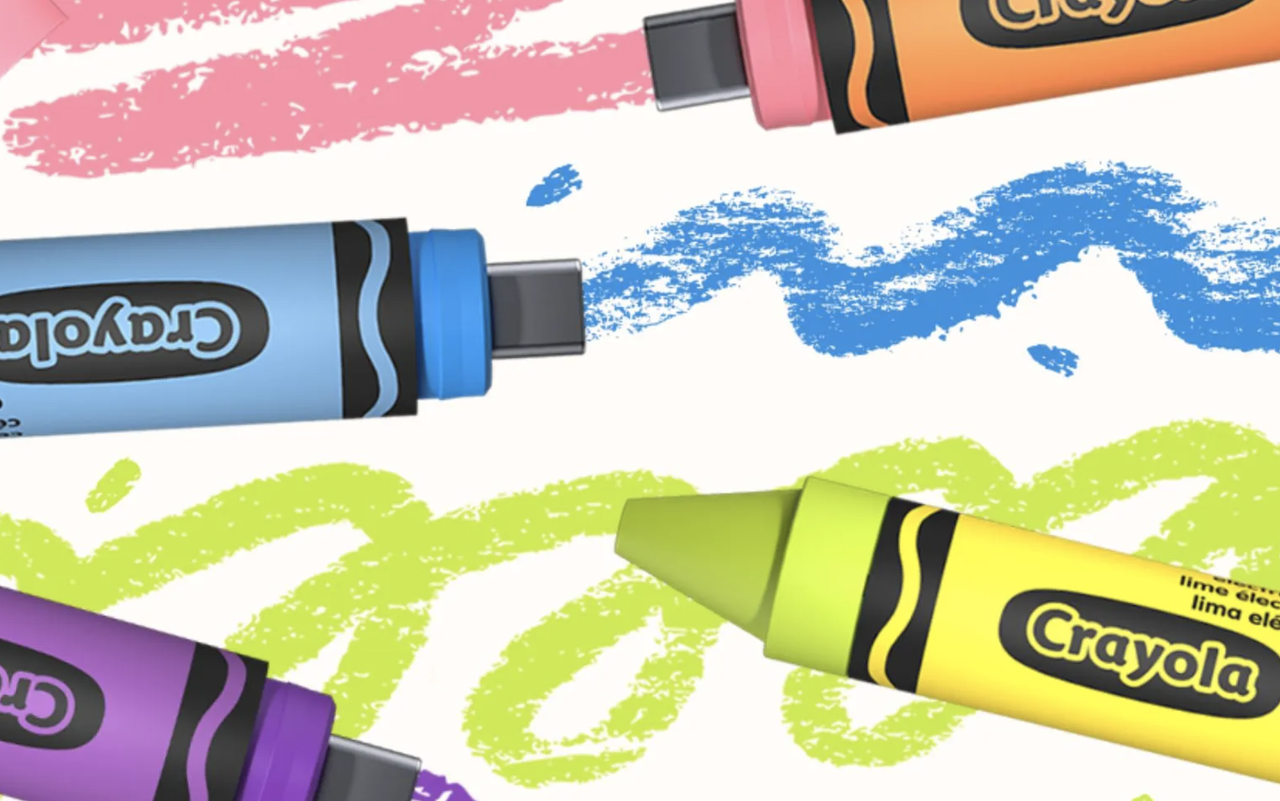Ready to elevate your 3D designs? Check out our latest video on "HDRI Dome Projection"! Dive into the world of high dynamic range imaging and learn how to create stunning atmospheric effects in Blender.
This video breaks down the process step-by-step, making it easy for beginners and pros alike to enhance their projects. Plus, you’ll find some really useful free nodes and resources to kickstart your creativity!
I was blown away by how simple techniques can transform a scene. Don’t miss out on these tips that could take your work to the next level!
Watch here: https://www.youtube.com/watch?v=rkPbEVHidlk
#blender #blender3d #hdri #3Dart #animation
This video breaks down the process step-by-step, making it easy for beginners and pros alike to enhance their projects. Plus, you’ll find some really useful free nodes and resources to kickstart your creativity!
I was blown away by how simple techniques can transform a scene. Don’t miss out on these tips that could take your work to the next level!
Watch here: https://www.youtube.com/watch?v=rkPbEVHidlk
#blender #blender3d #hdri #3Dart #animation
🌟 Ready to elevate your 3D designs? Check out our latest video on "HDRI Dome Projection"! 🚀 Dive into the world of high dynamic range imaging and learn how to create stunning atmospheric effects in Blender.
This video breaks down the process step-by-step, making it easy for beginners and pros alike to enhance their projects. Plus, you’ll find some really useful free nodes and resources to kickstart your creativity!
I was blown away by how simple techniques can transform a scene. Don’t miss out on these tips that could take your work to the next level!
👉 Watch here: https://www.youtube.com/watch?v=rkPbEVHidlk
#blender #blender3d #hdri #3Dart #animation

0 Commentarii
·0 Distribuiri







